Five Questions for Filmmakers: Nat Geo Inspires - Collecting Data to Save Gorongosa's Lions2/27/2018 We reached out to our festival filmmakers to ask them questions about the experience of making their films. The following questions were answered by Senior Producer Sarah Joseph, except where otherwise noted.) What inspired this story? This video was created as part of a series for National Geographic Education about a program called the Geo-Inquiry Process, designed to teach kids how to look at the world through a geography-based lens. Specifically, the videos are designed to help inspire teachers and students by showing them that National Geographic Explorers use similar methods in their work every day. In this piece, we wanted to show that collecting data – which may at first sound like a dry topic – can directly lead to the conservation of an important species such as lions in Gorongosa National Park, and that this story can be told in an engaging, emotional way. It is also important for us to feature historically underrepresented communities in our work, and Paola Bouley is a wonderful example of a strong female conservationist. Were there any surprising or meaningful experiences you want to share? From our Associate Producer, Elaina Kimes: The crew tried to keep our shrieks and coos to a minimum as our cameraman filmed the tiny cub. We were told our chances of seeing it were low given the tall grass the pride had been hiding in, so we were elated when Paola whispered and gestured toward a small brown smudge in the grass. The sun had nearly set and every second of daylight we had left was precious. Next to the cub, a lioness watched us closely. We had no sense of fear - just excitement. The cub play-stalked us for a moment, then proceeded to jump onto its mother’s back. As the lioness stood up and began walking away, we were shocked to see the cub hitch a ride for a few paces. Even Lion Biologist Paola Bouley was surprised by this unusual behavior. Then, just like that, they were gone. We sat in awe, reflecting on why we were making this film and who we were fighting for: the next generation of lions in Gorongosa National Park. What impact do you hope this film will have? We hope this film will help inspire educators to teach their students the power of thinking globally, and that those students will in turn become the next generation of change-makers in the world. We also want to show students that explorers don’t all look one way (throughout the series, we feature diverse scientists, photographers, artists, etc.), and that anyone can get out and make a difference in the world. And finally, we hope that this video can be used in a number of places to share Gorongosa’s conservation message with the world and help protect incredible species like lions. Describe some of the challenges faced while making this film. As is often the case (particularly in short-form video where budgets tend to be smaller) we were working with limited resources, including time in the field. We were very fortunate to work closely with Gorongosa National Park on this film, who already own a ton of beautiful wildlife/scenic imagery that they shared with us. This allowed us to focus our resources on Paola and her work, rather than having to make the huge time investment required to capture some of the spectacular wildlife footage scene in the piece. For me, this shoot was especially challenging because I went into it with a bad case of the flu! I found the 3 flights to get there followed by a 5-hour car ride on rough roads pretty grueling, but I wasn’t about to let an illness stop me from going to Mozambique. Fortunately, I felt better within a couple of days of arriving and it was an amazing experience overall. What drove you as a filmmaker to focus on the big cat species? Africa’s lion population has decreased by 90% in the last 75 years – a pretty staggering, and dismal, statistic. But Gorongosa National Park is an amazing example of what can happen when a dedicated, passionate team applies solid research to a conservation challenge. By collecting data on Gorongosa’s lion population, Paola’s team was able to figure out that snares are one of the biggest threats to lion recovery. And through a concerted on-the-ground effort to remove snares from the park, Gorongosa is seeing a tangible increase in lion numbers, helping to ensure at least one lion stronghold in Africa. As important as it is to share the plight of endangered species, I believe it’s equally important to share these success stories, particularly when it comes to inspiring the next generation of conservationists.
0 Comments
Leave a Reply. |
Archives
March 2024
Categories
All
|
Contact UsJackson Wild
240 S. Glenwood, Suite 102 PO Box 3940 Jackson, WY 83001 307-200-3286 info@jacksonwild.org |

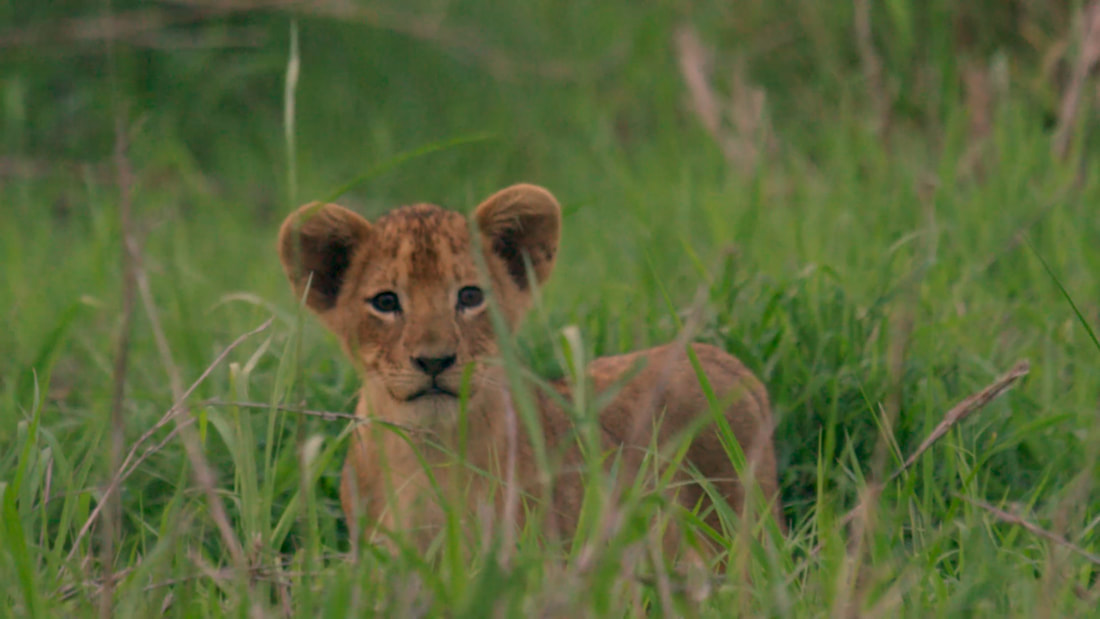
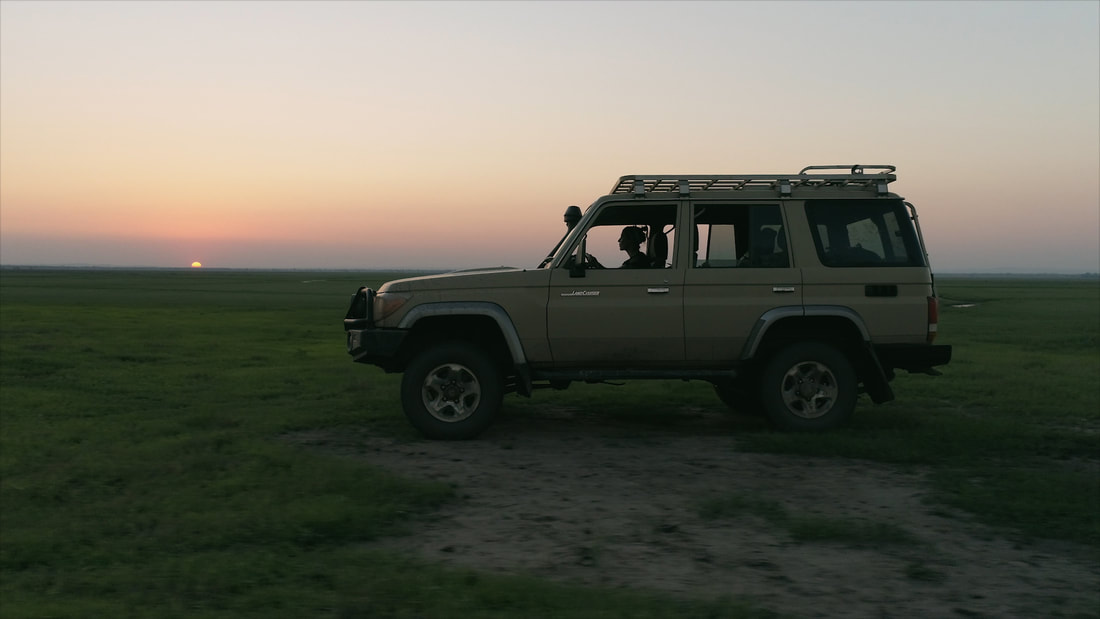
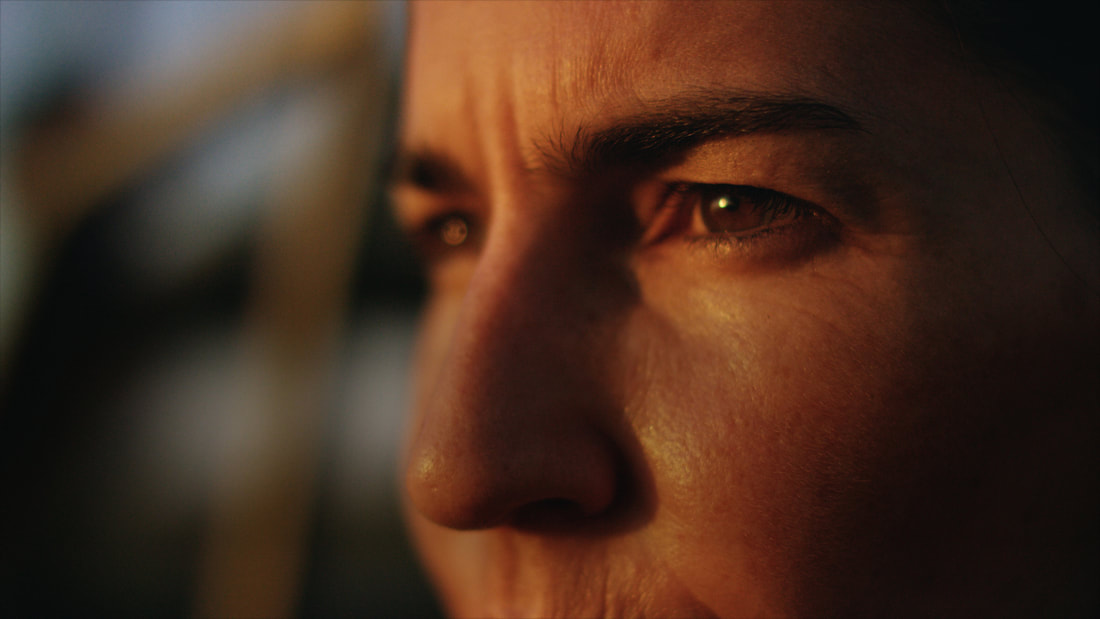
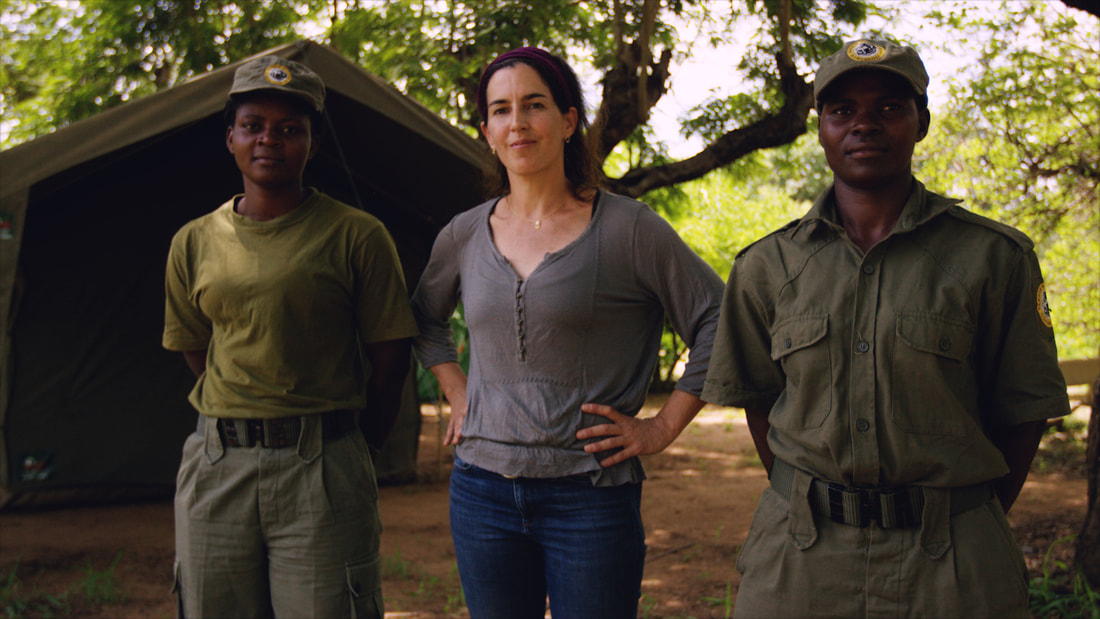
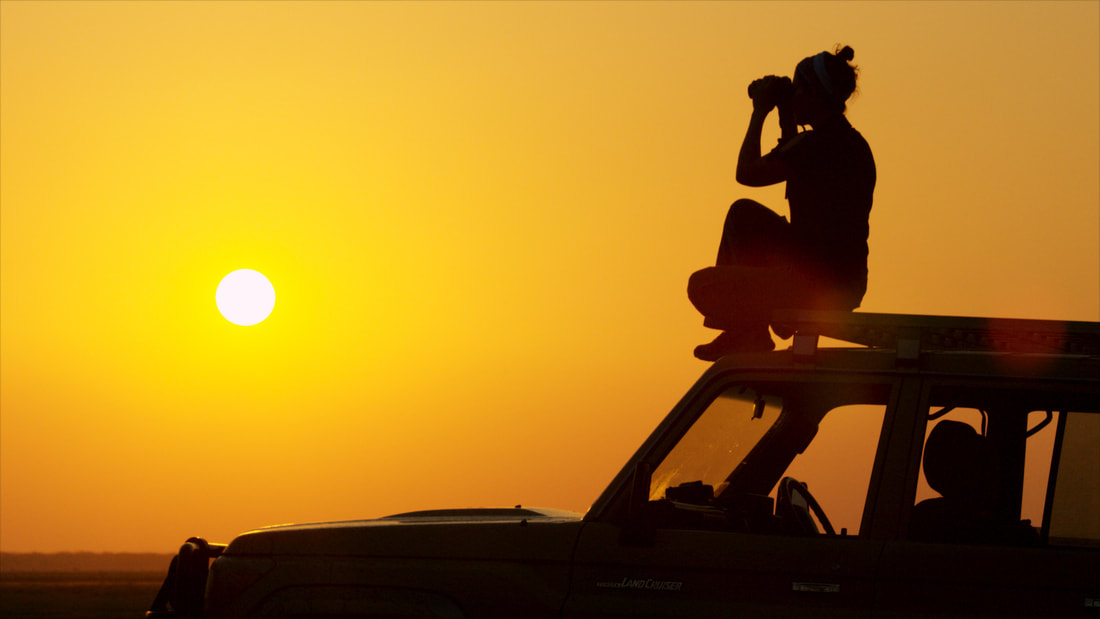
 RSS Feed
RSS Feed